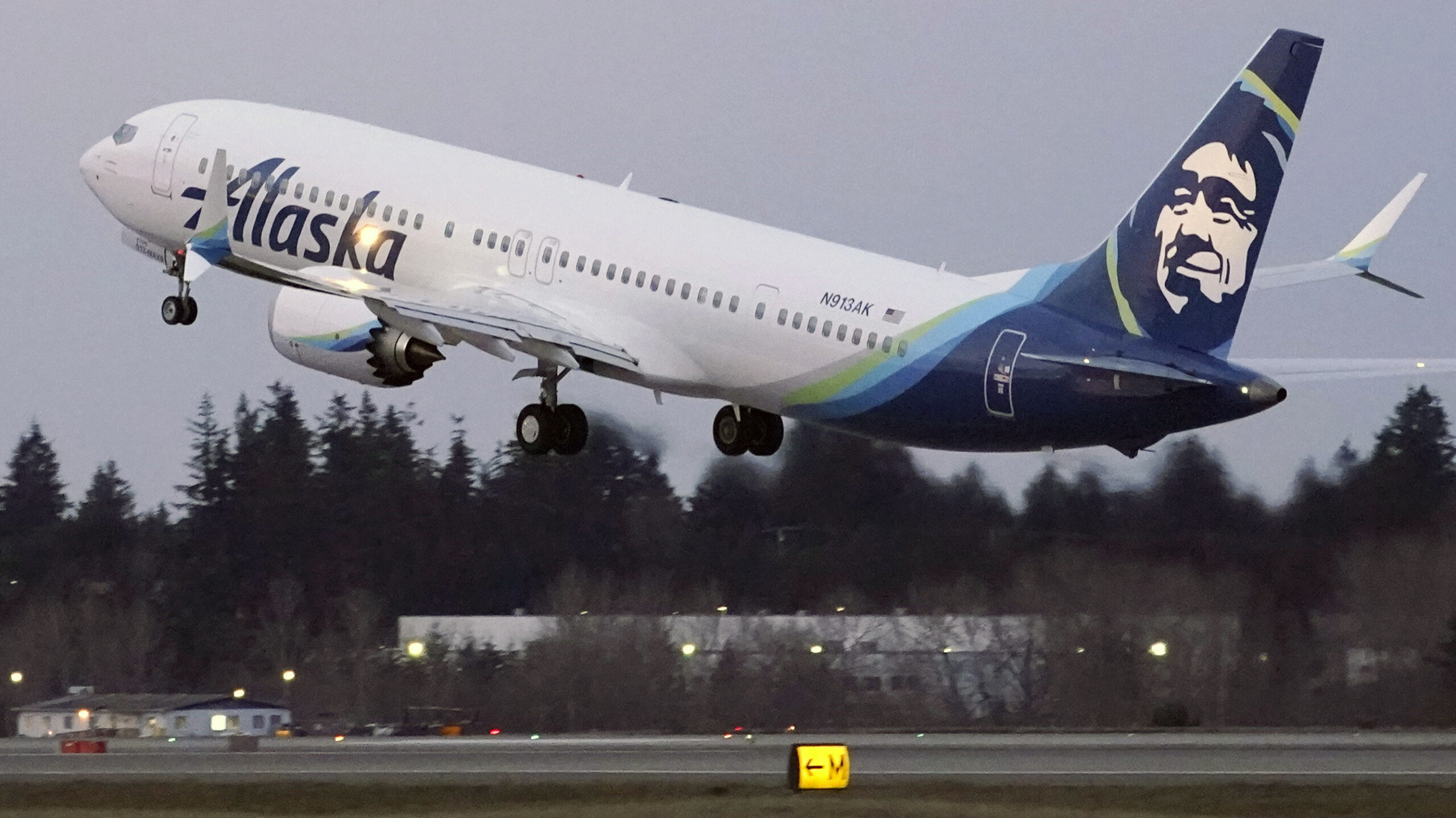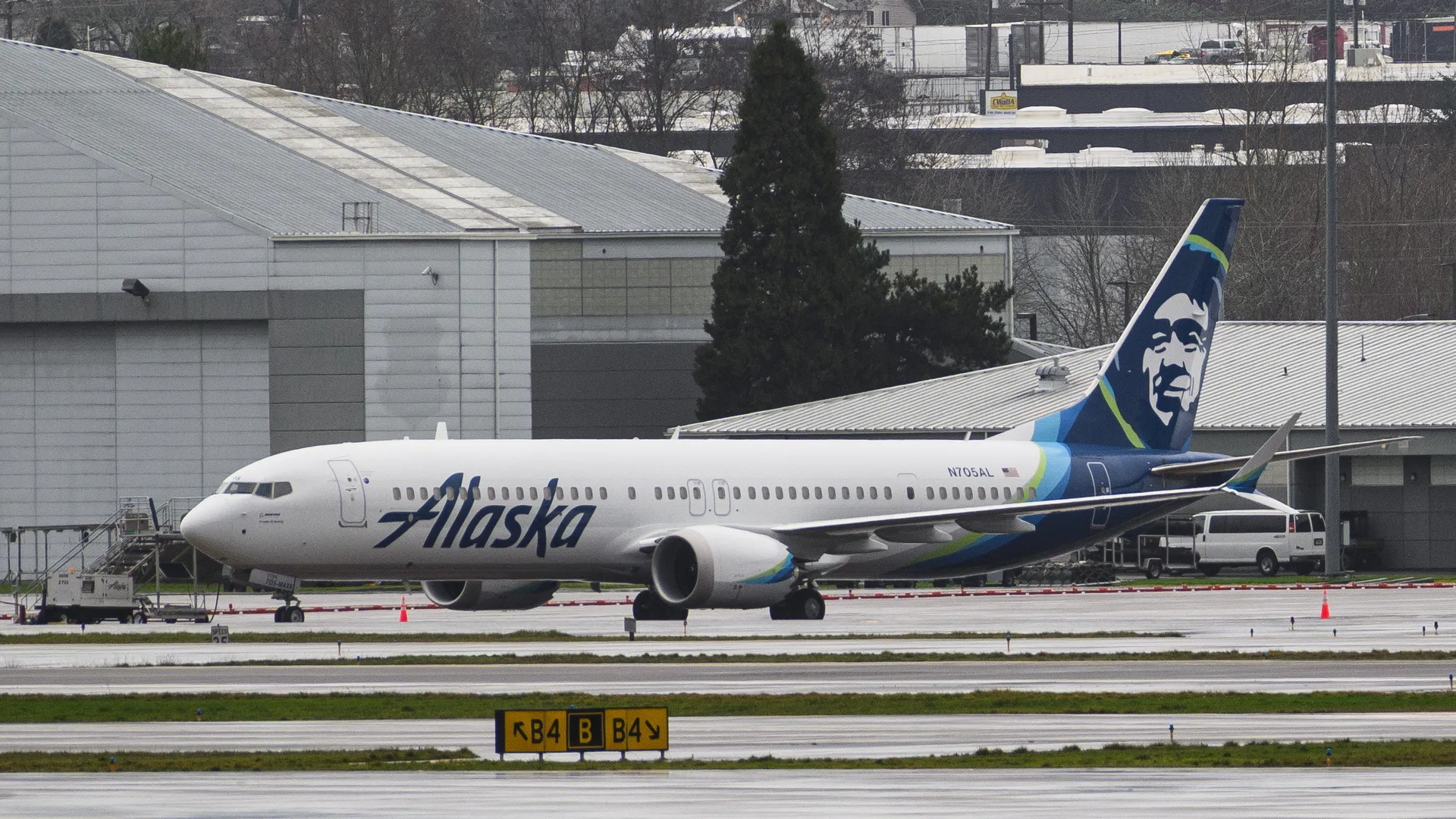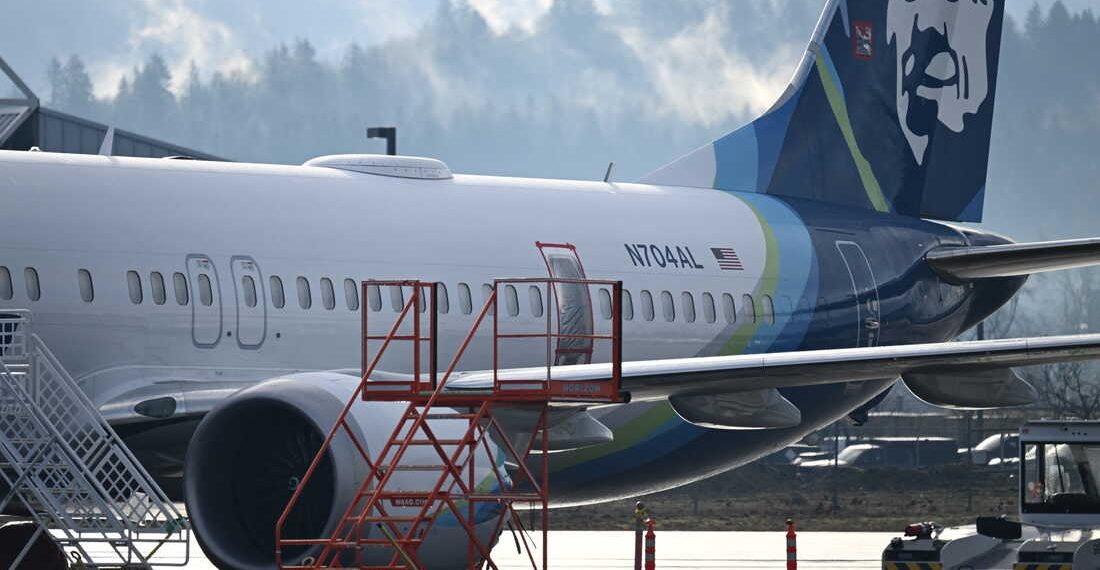Amid Boeing‘s safety crisis, airlines find themselves navigating turbulent skies, with limited options in a market dominated by two major aircraft manufacturers.
Despite frustrations with Boeing‘s delivery delays and quality control issues exposed by a mid-flight cabin blowout on January 5, carriers are constrained by the lack of viable alternatives.
United Airlines CEO, Scott Kirby, expressed concerns by engaging in discussions with Airbus after regulatory actions grounded Boeing’s 737 MAX 9 fleet and cast doubts on the certification of the larger MAX 10 variant.

United, with substantial orders for MAX 10 jets, explored Airbus’ A321neo as an alternative but faces challenges due to Airbus’ full order book through 2030.
American Airlines similarly voiced discontent with Boeing’s persistent quality problems, yet proceeded with its first-ever order for MAX 10 jets. This move provides an alternative to Airbus A321 planes while negotiating options to convert orders into other MAX variants and securing financial compensation for delivery delays.
For airlines like Southwest, transitioning from Boeing poses significant challenges, including substantial investments in maintenance, training, and technology. Despite Airbus’ attempts to attract Southwest with alternatives like the A220, the cost of operating multiple fleets remains a deterrent.

As airlines strategize to mitigate Boeing’s disruptions, they seek to extract concessions and compensation, leveraging delayed orders to negotiate better terms. However, the industry acknowledges the importance of a strong Boeing for its stability and growth, emphasizing the interconnectedness of manufacturers and airlines.
In the complex landscape of aircraft procurement, airlines balance concerns over safety and quality with practical considerations of market dynamics and operational efficiency. Amid uncertainties, collaboration between manufacturers and airlines remains crucial for navigating the challenges ahead.




